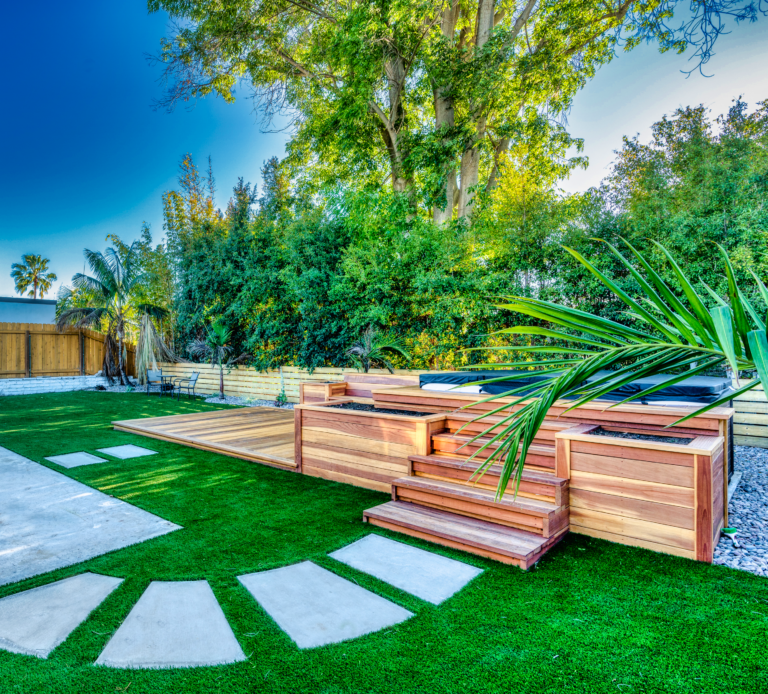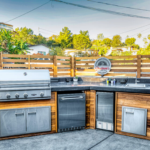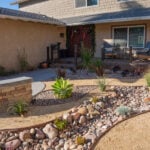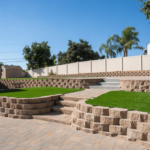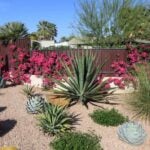Hardscapes
landscapes are the areas in the landscape that were created by man, including all its features. Examples of hardscapes are all the design elements that aren’t living, such as rock, concrete, or bricks. When designing a landscape, it is equally as important to remember the hardscape designs, in order to create a landscape that is easily accessible, environment friendly, and with fluent, functional design.
However, designing a landscape with hardscape elements can be intimidating to some, especially if you lack the experience. Therefore, we collected some tips and pointers for you to remember for your next hardscape design project.
Firstly, it is highly recommended that you start by creating an entire design of the landscape and all the hardscape elements you would like to incorporate. Start by setting no boundaries to yourself, except for the physical size of your landscape. Think of fences, walls, and other elements that can encircle your landscape. Then, add pathways, pavers, driveways, and other access routes into and throughout the area. Now, add the special elements you would like to add. Special hardscape elements could include an outdoor kitchen, a fireplace, a swimming pool, or any other element that you have in mind.
Next, start adding the features of your landscape that you don’t wish to change. This can include a tree, a shed, or anything else you would like to leave as it is and include in the final design. This step is particularly important since the design will need to be compatible to these existing features and adapt to them.
After designing the main hardscape elements in your landscape, you should consider the infrastructure. Commonly neglected, an infrastructure system that is designed well can save you many headaches along that way, and quite a bit of money as well. For example, take into consideration the drainage system and its relation to the landscape. You could direct the water runoff into your plants and recycle the water, saving you money on water and getting rid of a problem at once. Similarly, you should consider the electrical system and make sure its properly connected to the main grid, and that it had proper grounding against weather and lightning strikes.
Furthermore, on the visible side of your design, you should think of incorporating different elements that compliment each other. You can choose to blend between hardscape features with softscape elements such as plants or trees, to create an intriguing design and flow. Moreover, you could have different hardscape features connect, such as a pathway leading to a patio, to have a functional and fluent landscape design.
Lastly, always remember that in the end, designing your landscape is an excellent way to express yourself and your tastes. Make sure you allow yourself to really discover what you like, and don’t settle on a design you don’t like, since you don’t get to renovate every day. If you allow yourself to really have fun through the process, you will most likely enjoy the result as well.

